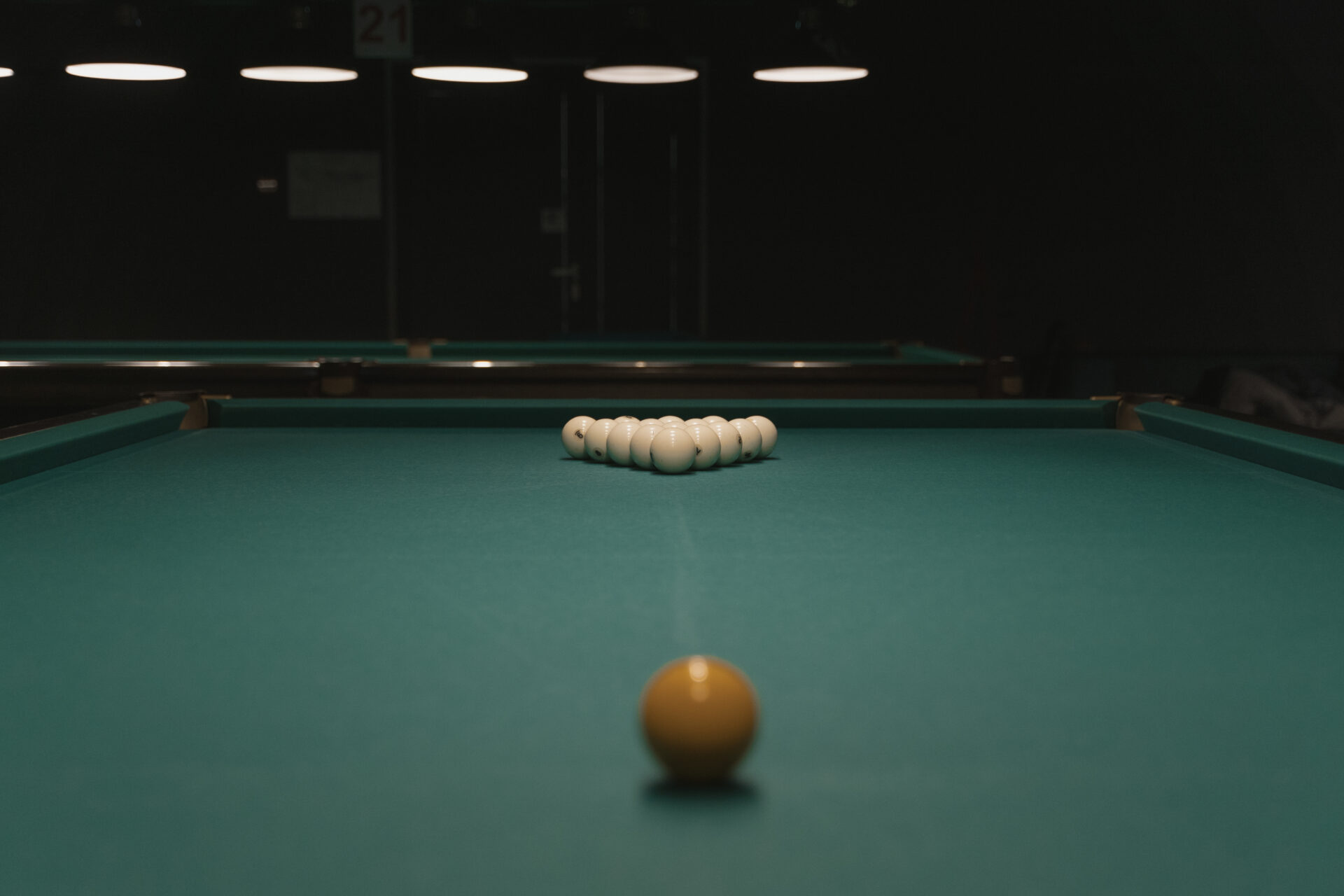Aerodynamics’ Influence on Ball Design plays a pivotal role in various industries, including sports and transportation. Aerodynamics refers to the study of how objects move through the air, specifically focused on the forces of drag and lift experienced by the objects. When it comes to ball design, understanding and harnessing the principles of aerodynamics can significantly impact the performance and efficiency of these objects.
One specific impact of aerodynamics on ball design is the reduction of drag. By minimizing the air resistance that a ball experiences as it moves through the air, its speed and accuracy can be maximized. This is particularly important in sports such as soccer, golf, and tennis, where the flight path and trajectory of the ball greatly affect the outcome of the game. Moreover, aerodynamics also plays a crucial role in transportation, with various industries continually seeking ways to design more aerodynamically efficient vehicles to improve fuel efficiency and reduce emissions.
Moving forward, this article will delve into the key takeaways about aerodynamics’ influence on ball design. From the impact of ball surface texture to the importance of ball shape and weight distribution, we will explore the crucial factors that designers and manufacturers consider to optimize ball performance. Additionally, we will discuss the role of wind tunnel testing and computer simulations in the development of aerodynamically superior balls. By the end of this article, you will have a deeper understanding of how aerodynamics shapes the design and performance of balls in different industries.
Key Takeaways
1. Aerodynamics plays a crucial role in the design of sports balls, influencing their flight trajectory, accuracy, and stability during gameplay.
2. Manufacturers extensively test and refine ball designs to optimize aerodynamic performance, utilizing wind tunnels, computer simulations, and advanced technologies.
3. A key factor in ball design is reducing drag, as smoother ball surfaces and streamlined features help minimize air resistance, allowing for longer and more accurate shots.
4. The stitching pattern on the surface of a ball significantly affects its aerodynamics, with modern designs incorporating minimal or even nonexistent seams to reduce turbulent flow and improve stability.
5. The impact of aerodynamics on ball behavior is evident in various sports, such as soccer and golf, where advancements in design and materials have led to improved control, longer distances, and enhanced overall performance.
The Impact of Aerodynamics on Ball Design
In the realm of sports, the design of a ball plays a crucial role in determining its performance and behavior. One key factor that significantly influences ball design is the science of aerodynamics. By understanding and harnessing how aerodynamics affects ball flight, manufacturers can optimize ball design for enhanced performance and control in various sports. This article delves into the intricate relationship between aerodynamics and ball design, exploring its significant aspects and implications.
1. Understanding Aerodynamics in Ball Design
Aerodynamics refers to the study of how gases, such as air, interact with solid objects in motion. In the context of ball design, aerodynamics focuses on how airflow affects the trajectory, speed, and stability of the ball during its flight. The principles of aerodynamics help designers in creating balls that maximize performance while minimizing drag and other factors that could impede the ball’s movement.
2. Factors Affecting Ball Aerodynamics
The aerodynamic properties of a ball are influenced by several key factors that designers take into account:
- Surface Texture: The texture of the ball’s surface affects the flow of air around it. A smoother surface reduces turbulence and drag, allowing the ball to travel faster.
- Shape: The shape of the ball determines how it interacts with the air. Different sports have specific ball shapes optimized for optimal flight characteristics.
- Seam Design: In sports like cricket or baseball, the seams on the ball impact how it moves through the air, such as generating spin or creating unpredictable movements.
- Weight Distribution: The distribution of weight within a ball affects its stability and balance during flight, influencing its accuracy and consistency.
3. Influence of Aerodynamics on Specific Sports
Aerodynamics plays a significant role in various sports, impacting the design and performance of balls used in these activities:
Soccer/Football:
In soccer, aerodynamics influence ball trajectory, speed, and swerving. Advanced designs aim to minimize air resistance to make the ball easier to control while allowing players to generate powerful shots and bend the ball.
Golf:
Aerodynamics greatly influence golf ball flight. The dimples on the surface reduce drag, creating lift and maintaining stability during long shots. Various dimple patterns are engineered to optimize the ball’s performance for different shot types.
Tennis:
The aerodynamic characteristics of tennis balls affect their bounce, spin generation, and overall flight. Innovative designs incorporate specific materials and constructions to enhance aerodynamic properties and optimize performance for different court surfaces.
Cricket:
Aerodynamics significantly impact the swing, spin, and bounce of cricket balls. The seam design, surface roughness, and weight distribution influence the ball’s behavior, allowing bowlers to generate movement and make it challenging for batsmen.
4. Future Developments in Ball Design
The interplay between aerodynamics and ball design continues to evolve, leading to ongoing innovations:
- Advanced Materials: Researchers and manufacturers are exploring new materials with superior aerodynamic properties to improve ball performance.
- Computational Modeling: Computer simulations and modeling assist in analyzing and predicting ball behavior, aiding designers in creating optimized designs.
- Customization: Tailoring ball designs to specific player preferences and style of play is becoming more prevalent, allowing athletes to maximize their performance.
Conclusion
To sum up, aerodynamics significantly influences ball design across a range of sports. By comprehending the impact of factors like surface texture, shape, seam design, and weight distribution, manufacturers can create balls that deliver optimum performance and meet the unique demands of each sport. As research and technological advancements continue, we can anticipate further innovations that enhance the relationship between aerodynamics and ball design, revolutionizing the way we experience sports.
Top Tips for Optimizing Ball Design through Aerodynamics
- What key factors should be considered in achieving optimal aerodynamics for ball design?
- How can surface texture and shape be manipulated to enhance ball performance?
- What role does weight distribution play in maximizing accuracy and stability during ball flight?
- How can computer simulations aid in predicting and improving ball behavior?
- What advantages can be gained from customizing ball designs for individual athletes?
FAQ
1. How does aerodynamics impact ball design?
Aerodynamics plays a crucial role in ball design as it directly affects how the ball moves through the air. The shape, surface texture, and materials used in the construction of a ball can significantly alter its flight characteristics, such as trajectory, speed, and spin.
2. What are the key factors considered in aerodynamic ball design?
When designing a ball with aerodynamics in mind, factors such as drag, lift, and stability are of utmost importance. Minimizing drag by reducing the drag coefficient ensures that the ball travels through the air with minimal resistance, allowing for greater speed and distance. Lift, on the other hand, determines the ball’s ability to stay aloft or curve during flight. Lastly, stability refers to the ball’s ability to maintain a consistent path, avoiding erratic movements that could hinder accuracy.
3. How is the shape of the ball influenced by aerodynamics?
Aerodynamics shapes the design of a ball to optimize its flight performance. For example, in sports like soccer or basketball, the classic spherical shape promotes better aerodynamic properties such as lower drag and stable flight. However, for sports like golf or tennis, the usage of dimples or a felt-like covering respectively alters the ball’s surface texture, enabling controlled lift and spin.
4. How do balls with different aerodynamic properties behave differently?
Balls with varying aerodynamic properties behave differently due to their design features. For instance, a soccer ball with reduced drag and a higher lift coefficient will experience enhanced accuracy and swerve. Conversely, balls with higher drag coefficients, like those used in rugby, tend to travel at lower velocities and have less maneuverability.
5. Can aerodynamics affect the distance a ball can travel?
Absolutely! Aerodynamics significantly influences the distance a ball can travel. By focusing on reducing drag, ball designers can enhance the ball’s efficiency in the air, allowing for increased distance coverage. The lower the drag, the less energy is wasted fighting against air resistance, resulting in greater reach.
6. How does adding texture impact ball aerodynamics?
Adding texture to a ball’s surface, whether through dimples, bumps, or grooves, alters its aerodynamic properties. Texture disrupts the airflow around the ball, reducing drag and increasing lift. The specific texture and its arrangement influence the degree of aerodynamic impact and can be customized to suit the requirements of the sport.
7. What materials are utilized in aerodynamic ball design?
Materials used in aerodynamic ball design vary depending on the sport and desired flight characteristics. Common materials include synthetic polymers, leather, rubber, and composite blends. The choice of material influences the ball’s weight, elasticity, and surface texture, ultimately affecting its aerodynamic behavior.
8. Do different weather conditions affect ball aerodynamics?
Absolutely! Weather conditions, particularly wind speed and humidity, impact ball aerodynamics. Strong winds can alter the ball’s trajectory and speed, while humidity affects the air density, potentially changing the lift and drag forces experienced by the ball. These factors must be considered by players and designers alike.
9. How do advancements in technology influence aerodynamic ball design?
Technological advancements have revolutionized aerodynamic ball design. From wind tunnel testing to computer simulations, designers can gain valuable insights into airflow patterns and optimize the ball’s aerodynamic properties. These advancements enable the development of balls that offer improved performance, precision, and consistency.
10. What impact does aerodynamics have on ball stability?
Aerodynamics ensures ball stability by minimizing unwanted movements during flight. Balls designed with aerodynamics in mind have improved stability due to reduced drag and optimized lift. This stability facilitates greater accuracy and control for athletes, enabling them to predict and manipulate the ball’s trajectory more effectively.
Final Thoughts
Understanding the influence of aerodynamics on ball design is imperative for athletes, equipment manufacturers, and sports enthusiasts. By harnessing the principles of aerodynamics, designers can revolutionize sports equipment, leading to better performance and enhanced player experiences.
As technology continues to advance, we can expect further refinement in aerodynamic ball design. Fine-tuning the shape, texture, and materials used will continually push the boundaries of what is achievable in terms of speed, precision, and control. By embracing the power of aerodynamics, sports, and their athletes can reach new heights, breaking records and captivating audiences worldwide.




